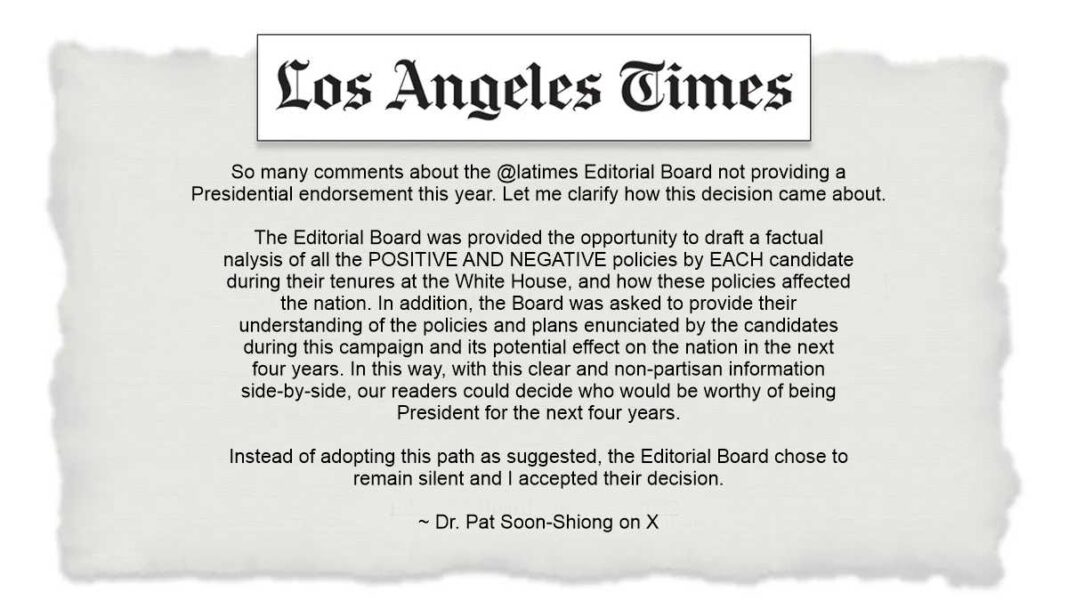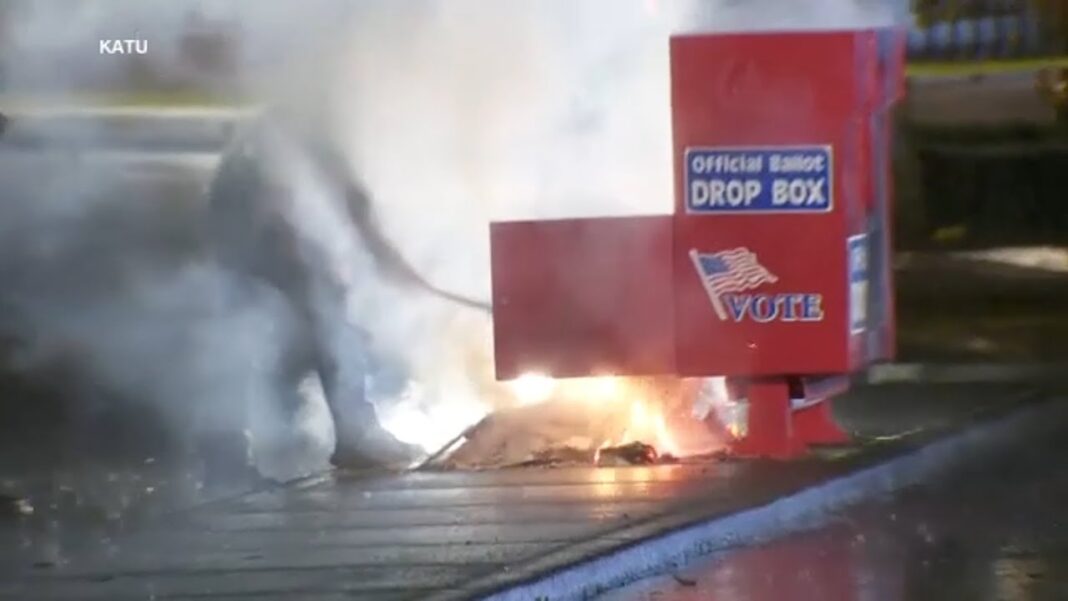On average, large data centers can consume the same amount of water per day as a town of between 10,000 to 50,000 people.
The rapid expansion of artificial intelligence (AI) in the United States is adding significant strain to the nation’s already stressed water supply, according to a new report by JPMorgan Chase and consultancy ERM, which calls for urgent action to better manage this vital resource.
The report, published on Oct. 28, notes that the surge in AI-driven technologies, including data centers and semiconductor manufacturing, is contributing to a growing mismatch between water supply and demand, while warning that ignoring the water demands of AI and other industries could have serious consequences.
“There is an urgent and growing need to build resilience into our collective water management practices if we are to have reliable water for use in the future,” reads the report, which notes that the growing instability of water resources is “pushing us closer to disrupted ecosystem services, threatened biodiversity, and impacted human livelihoods.”
The primary driver of increased water demand in the United States is a combination of the nation’s growing population and more people moving to warmer, sunnier regions that are already facing water supply challenges. However, new demands from reshoring of manufacturing and AI-based data centers are putting additional strain on water resources.
Data centers use substantial amounts of water—often taken from drinking water resources—in order to cool servers that generate significant amounts of heat.
On average, a mid-sized data center uses about 300,000 gallons per day, while larger facilities can consume as much as 1 million to 5 million gallons daily—comparable to the needs of a town of between 10,000 to 50,000 people.
Data centers in the United States consumed more than 75 billion gallons of water in 2023, per the report, which notes that around 20 percent of the water used by such facilities is drawn from stressed watersheds, “presenting risks to the technology industry and the surrounding communities and environment.”
By Tom Ozimek








